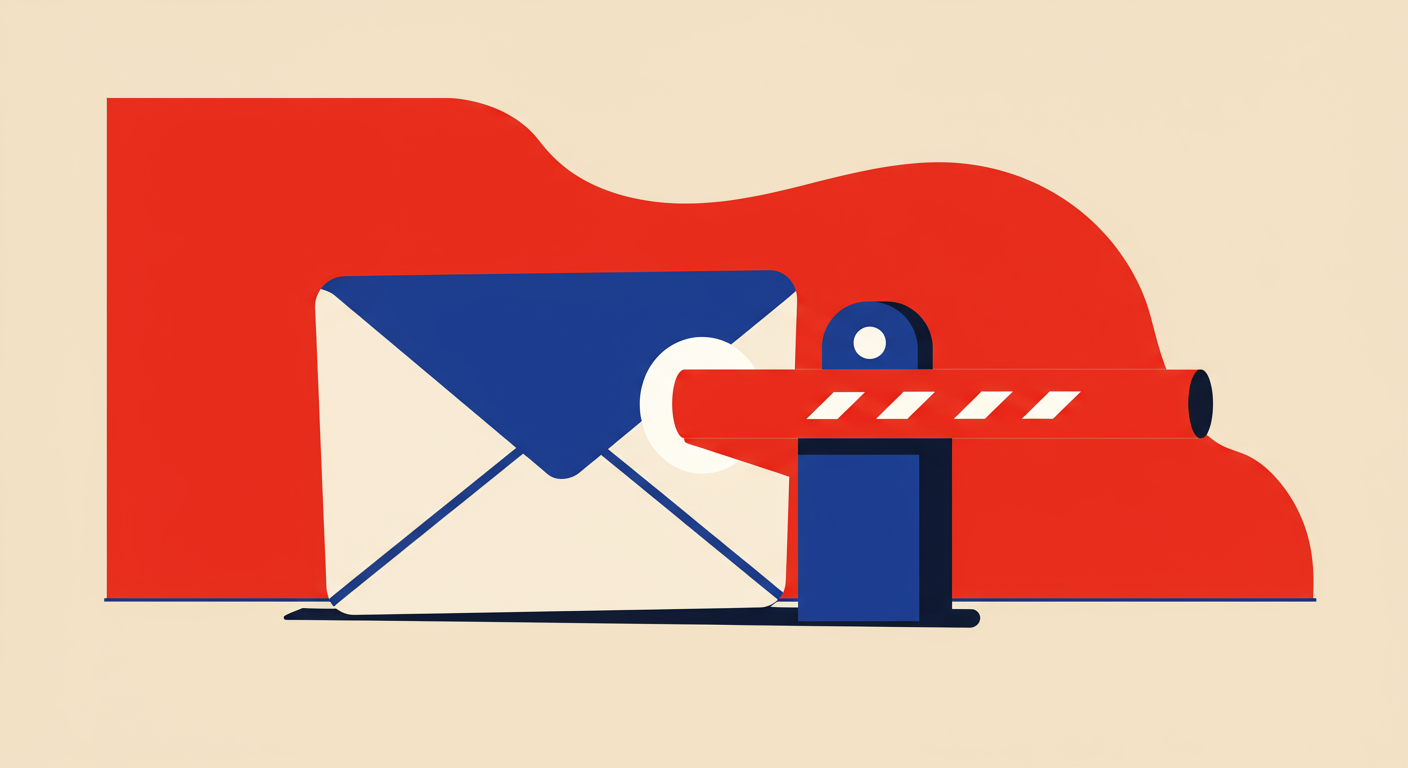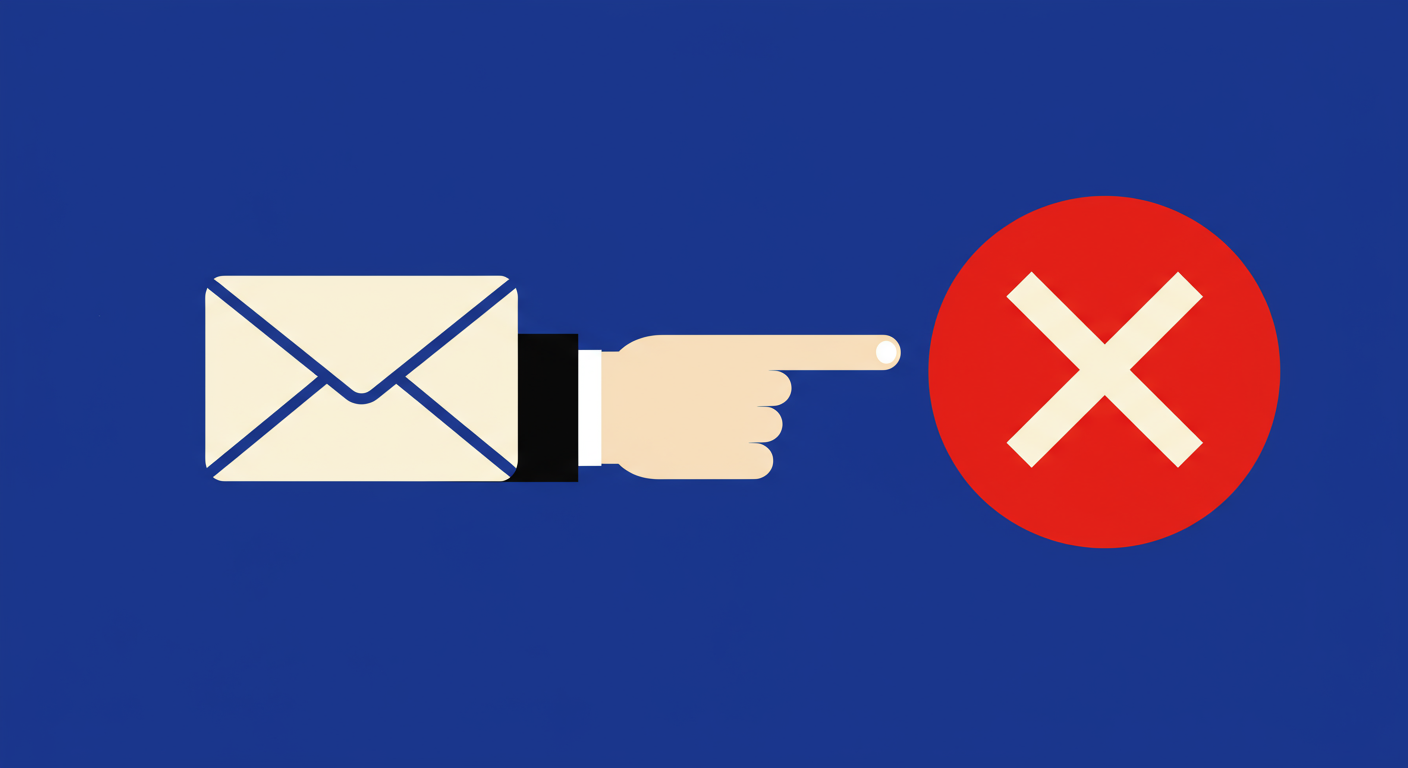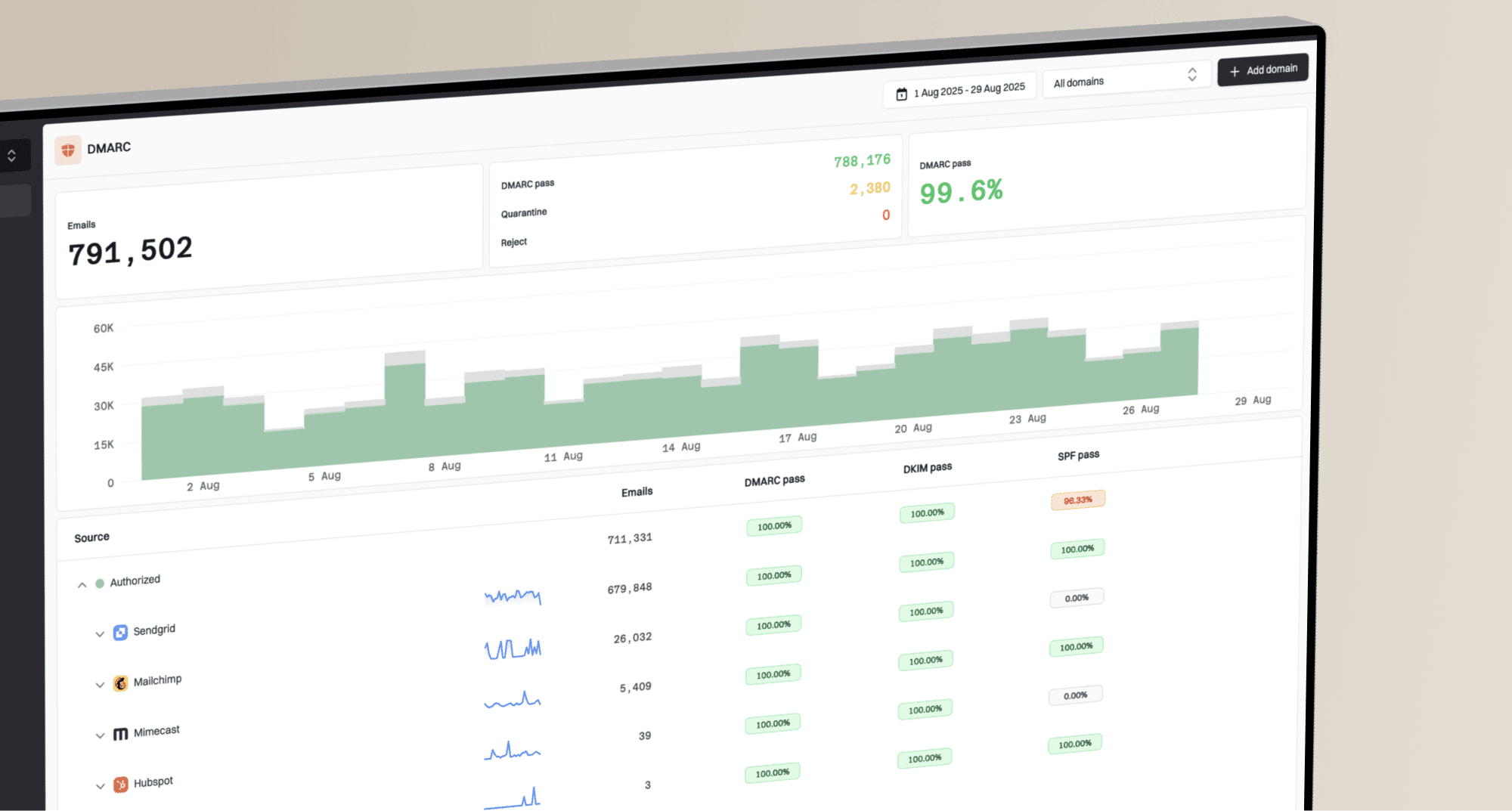What is a DNSBL and how does it affect email deliverability?


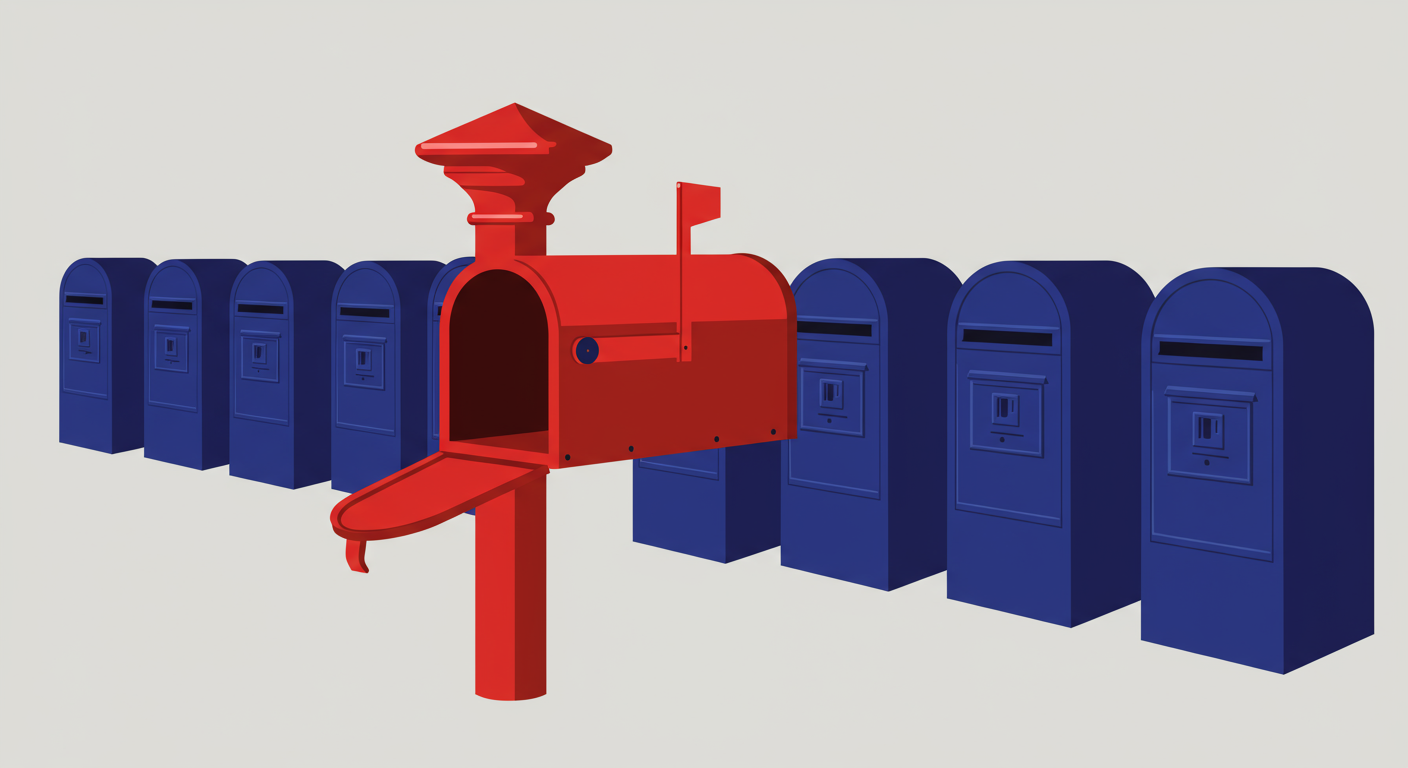
Hitting 'send' on an important email campaign is only half the battle. The real victory is when that email lands squarely in your recipient's inbox, not their spam folder. We often take for granted the complex journey an email takes, but behind the scenes, a host of systems are working to protect users from the deluge of unsolicited and malicious messages we collectively call spam.
Internet Service Providers (ISPs) and mailbox providers like Gmail and Outlook deploy sophisticated filtering systems to decide an email's fate. These systems analyze countless signals to determine if a message is legitimate or if it belongs in the junk pile. One of the oldest and most fundamental tools in their arsenal is the DNSBL.
Understanding what a DNSBL is, how it works, and how it can affect you is crucial for anyone who relies on email. Whether you're a marketer, a business owner, or just someone sending transactional receipts, a run-in with a DNSBL can bring your email communication to a screeching halt. Let's demystify this key component of the email ecosystem.
DNSBL stands for Domain Name System-based Blackhole List. It’s a bit of a mouthful, but the concept is straightforward. At its core, a DNSBL is a real-time database that lists IP addresses or domain names that have been identified as sources of spam. Think of it as a public, crowd-sourced 'naughty list' for the internet.
When an email server receives an incoming message, it can query one or more of these Domain Name System-based Blackhole Lists to check the reputation of the sending IP address. If the IP is found on the list, the receiving server can be configured to reject the email outright or flag it as spam. This check happens in milliseconds, making it an efficient first line of defense against unwanted mail.
There isn't just one master DNSBL. Dozens of different organizations and individuals operate their own lists, each with unique criteria for listing and delisting. Some are highly reputable and widely used by major mailbox providers, while others are more niche or aggressive in their listing policies. This variety means that being listed on one DNSBL might have a minor impact, while a listing on another could be catastrophic for your deliverability.

The most obvious way to land on a DNSBL is by sending unsolicited email, or spam. However, legitimate senders can get listed too, often without realizing they've done anything wrong. The reasons can be technical, data-related, or due to security oversights.
A common cause is a compromised system or mailbox. If a spammer gains access to your server, website, or even a single employee's email account, they can use it to send out thousands of spam messages. The DNSBLs see the spam originating from your IP address, and you get blacklisted, even though you weren't the one who sent it.
Poor sending practices are another major factor. This can include a wide range of issues that signal to receiving servers that you aren't a responsible sender. Here are some of the most frequent triggers:
The impact of a DNSBL listing can range from a minor annoyance to a complete shutdown of your email operations. The severity depends entirely on which lists you're on and which mailbox providers use those lists. If you're listed on a major DNSBL like Spamhaus or Spamcop, you can expect a significant portion of your emails to be blocked.
When your IP is on a DNSBL, receiving mail servers will either outright reject your connection, sending your emails into a black hole, or they will accept the message but deliver it straight to the spam folder. In either case, your intended recipient will not see your message in their inbox. This means lost sales, missed customer service opportunities, and a damaged brand reputation.
A DNSBL listing is a major blow to your sender reputation. It's a public mark against your domain and IP address that tells the world you are a potential source of spam. Recovering from this can take time and diligent effort, as you have to prove to the internet community that you are a legitimate sender who has fixed the underlying problems.
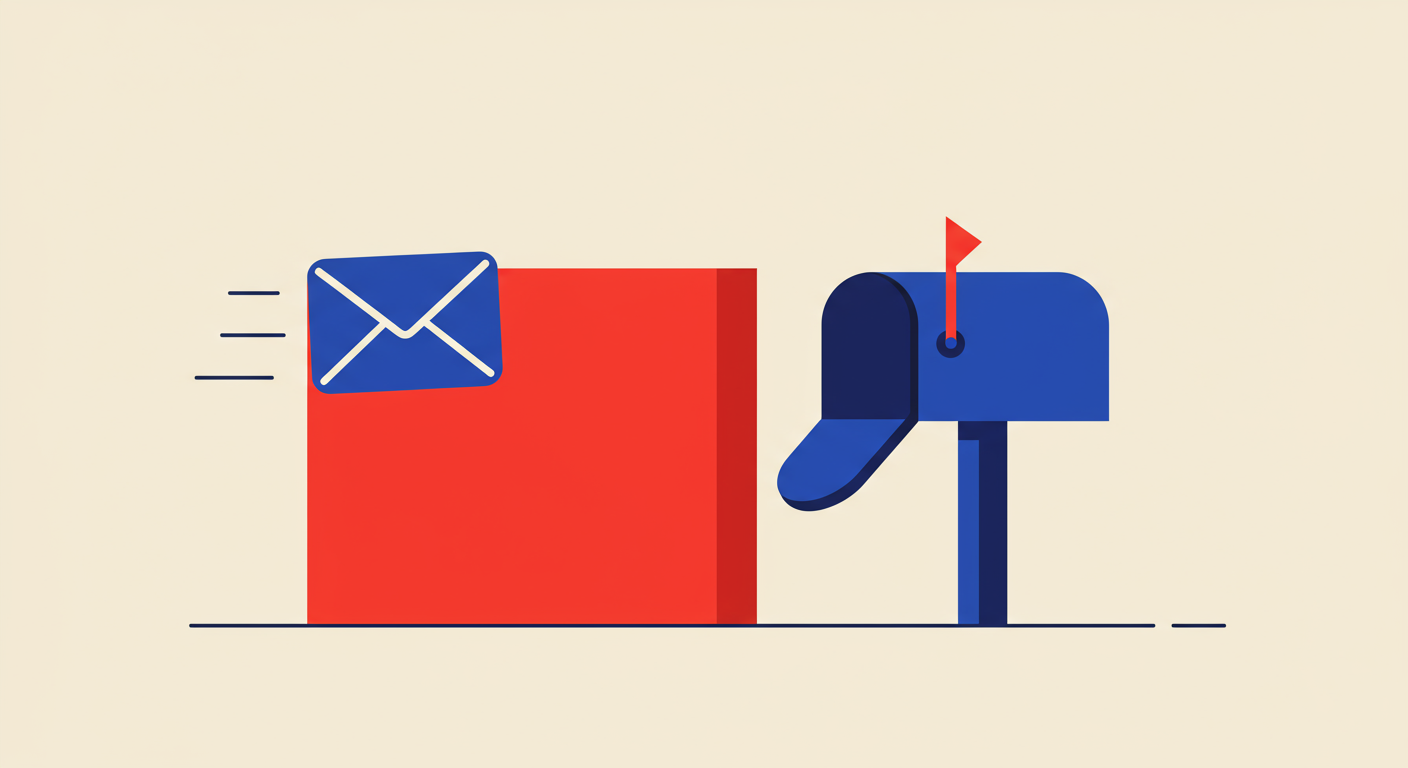
The first step is knowing that a problem exists. You may notice your email bounce rates have suddenly skyrocketed or that customers are complaining they aren't receiving your messages. Proactive monitoring is key. You can use tools to check your domain or IP address against dozens of the most common DNSBLs at once.
 Spamhaus
Spamhaus 0Spam
0Spam Cisco
Cisco NoSolicitado
NoSolicitado URIBL
URIBL abuse.ro
abuse.ro ALPHANET
ALPHANET Anonmails
Anonmails Ascams
Ascams BLOCKEDSERVERS
BLOCKEDSERVERS Calivent Networks
Calivent Networks EFnet
EFnet
 JustSpam
JustSpam Kempt.net
Kempt.net
 NordSpam
NordSpam RV-SOFT Technology
RV-SOFT Technology
 Scientific Spam
Scientific Spam Spamikaze
Spamikaze SpamRATS
SpamRATS SPFBL
SPFBL Suomispam
Suomispam System 5 Hosting
System 5 Hosting Team Cymru
Team Cymru Validity
Validity www.blocklist.de Fail2Ban-Reporting Service
www.blocklist.de Fail2Ban-Reporting Service ZapBL
ZapBL 2stepback.dk
2stepback.dk Fayntic Services
Fayntic Services ORB UK
ORB UK technoirc.org
technoirc.org TechTheft
TechTheft Spamhaus
Spamhaus 0Spam
0Spam Cisco
Cisco NoSolicitado
NoSolicitado URIBL
URIBL abuse.ro
abuse.ro ALPHANET
ALPHANET Anonmails
Anonmails Ascams
Ascams BLOCKEDSERVERS
BLOCKEDSERVERS Calivent Networks
Calivent Networks EFnet
EFnet
 JustSpam
JustSpam Kempt.net
Kempt.net
 NordSpam
NordSpam RV-SOFT Technology
RV-SOFT Technology
 Scientific Spam
Scientific Spam Spamikaze
Spamikaze SpamRATS
SpamRATS SPFBL
SPFBL Suomispam
Suomispam System 5 Hosting
System 5 Hosting Team Cymru
Team Cymru Validity
Validity www.blocklist.de Fail2Ban-Reporting Service
www.blocklist.de Fail2Ban-Reporting Service ZapBL
ZapBL 2stepback.dk
2stepback.dk Fayntic Services
Fayntic Services ORB UK
ORB UK technoirc.org
technoirc.org TechTheft
TechTheft Spamhaus
Spamhaus 0Spam
0Spam Cisco
Cisco NoSolicitado
NoSolicitado URIBL
URIBL abuse.ro
abuse.ro ALPHANET
ALPHANET Anonmails
Anonmails Ascams
Ascams BLOCKEDSERVERS
BLOCKEDSERVERS Calivent Networks
Calivent Networks EFnet
EFnet
 JustSpam
JustSpam Kempt.net
Kempt.net
 NordSpam
NordSpam RV-SOFT Technology
RV-SOFT Technology
 Scientific Spam
Scientific Spam Spamikaze
Spamikaze SpamRATS
SpamRATS SPFBL
SPFBL Suomispam
Suomispam System 5 Hosting
System 5 Hosting Team Cymru
Team Cymru Validity
Validity www.blocklist.de Fail2Ban-Reporting Service
www.blocklist.de Fail2Ban-Reporting Service ZapBL
ZapBL 2stepback.dk
2stepback.dk Fayntic Services
Fayntic Services ORB UK
ORB UK technoirc.org
technoirc.org TechTheft
TechTheft Spamhaus
Spamhaus 0Spam
0Spam Cisco
Cisco NoSolicitado
NoSolicitado URIBL
URIBL abuse.ro
abuse.ro ALPHANET
ALPHANET Anonmails
Anonmails Ascams
Ascams BLOCKEDSERVERS
BLOCKEDSERVERS Calivent Networks
Calivent Networks EFnet
EFnet
 JustSpam
JustSpam Kempt.net
Kempt.net
 NordSpam
NordSpam RV-SOFT Technology
RV-SOFT Technology
 Scientific Spam
Scientific Spam Spamikaze
Spamikaze SpamRATS
SpamRATS SPFBL
SPFBL Suomispam
Suomispam System 5 Hosting
System 5 Hosting Team Cymru
Team Cymru Validity
Validity www.blocklist.de Fail2Ban-Reporting Service
www.blocklist.de Fail2Ban-Reporting Service ZapBL
ZapBL 2stepback.dk
2stepback.dk Fayntic Services
Fayntic Services ORB UK
ORB UK technoirc.org
technoirc.org TechTheft
TechTheft Spamhaus
Spamhaus 0Spam
0Spam Cisco
Cisco NoSolicitado
NoSolicitado URIBL
URIBL abuse.ro
abuse.ro ALPHANET
ALPHANET Anonmails
Anonmails Ascams
Ascams BLOCKEDSERVERS
BLOCKEDSERVERS Calivent Networks
Calivent Networks EFnet
EFnet
 JustSpam
JustSpam Kempt.net
Kempt.net
 NordSpam
NordSpam RV-SOFT Technology
RV-SOFT Technology
 Scientific Spam
Scientific Spam Spamikaze
Spamikaze SpamRATS
SpamRATS SPFBL
SPFBL Suomispam
Suomispam System 5 Hosting
System 5 Hosting Team Cymru
Team Cymru Validity
Validity www.blocklist.de Fail2Ban-Reporting Service
www.blocklist.de Fail2Ban-Reporting Service ZapBL
ZapBL 2stepback.dk
2stepback.dk Fayntic Services
Fayntic Services ORB UK
ORB UK technoirc.org
technoirc.org TechTheft
TechTheftIf you find yourself listed, don't panic. The first step is to visit the website of the DNSBL that has listed you. They will typically provide a reason for the listing. Your job is to investigate and fix the root cause. Did you have a surge in spam complaints? Was your server compromised? Do you have old email addresses on your list? Don't even think about requesting removal until you have fixed the problem, or you'll be re-listed in no time.
DNSBLs are a vital part of the internet's immune system, helping to keep our inboxes relatively clean. They aren't perfect, and legitimate senders can sometimes get caught in the crossfire, but their role in combating spam is undeniable. For anyone who sends email, they are a reality that must be managed.
By following email best practices, maintaining good list hygiene, securing your sending infrastructure, and actively monitoring your reputation, you can significantly reduce your chances of being blacklisted. Staying off these lists isn't about finding a secret trick; it's about being a responsible, respectful email sender. In the end, that's what deliverability is all about.


